World War II Diggers’ remains recovered at Kokoda Track site
Army experts have recovered the partial remains of Australian soldiers in an abandoned cemetery on the Kokoda Track, 81 years after they died defending their nation.
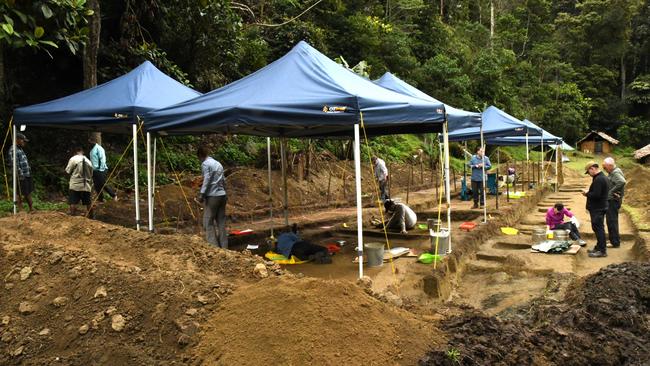
Eight decades after they gave their lives in defence of their nation, partial remains of Australian soldiers have been discovered at the site of a wartime cemetery on the Kokoda Track.
The Weekend Australian can reveal that Department of Defence experts have been in Papua New Guinea for several weeks excavating a site at Templeton’s Crossing.
The site was known to be have been used as a cemetery for 65 Australian soldiers killed in the area in 1942 but the remains of the soldiers were transferred to the Bomana War Cemetery outside the capital, Port Moresby, shortly afterwards.
Discovery of the remains in a clearing now used as a campsite by trekkers walking the iconic track has come as a surprise.
A landholder had discovered the remains and notified Australian officials in 2018, but the recovery effort was delayed by Covid-19 lockdowns that isolated the Kokoda Track.
It’s believed a small number of partial remains belonging to between 10 and 13 individual soldiers were found in the old cemetery.
Colonel Nick Wilson of army headquarters confirmed that human remains had been located when the army and other stakeholders conducted a recovery operation in June and July.
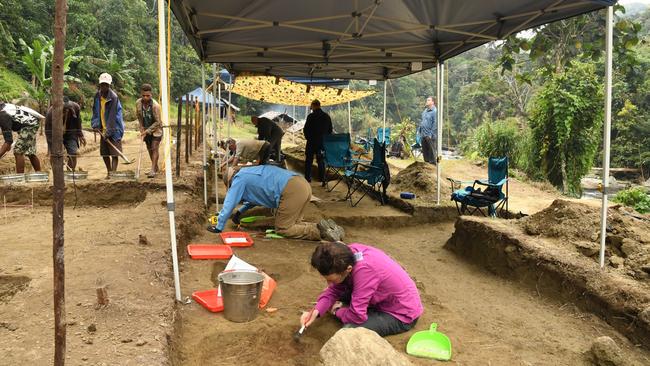
“The recovery was planned in response to reports of human remains uncovered at a former field cemetery site at Templeton’s Crossing, on the Kokoda Trail,’’ he said.
“The cemetery was previously believed cleared and disestablished at the conclusion of the Second World War.”
Colonel Wilson said records showed that up to 65 Australian soldiers were buried at Templeton’s Crossing during fighting on the Kokoda Track.
“These servicemen were subsequently interred at Bomana War Cemetery, and are commemorated with individual headstones,’’ he said. “The human remains recently recovered by Army’s Unrecovered War Casualties team between June and July 2023 will now undergo forensics examination and identification processes, before being respectfully laid to rest at Bomana War Cemetery.’’
Some 625 Australian soldiers died on the Kokoda Track fighting to keep the Japanese Imperial Army out of Port Moresby over four months in 1942.
About 66 are believed to have no known grave.
The Bomana cemetery, the largest Commonwealth War Graves site in the Pacific, is the final resting place for 3069 Australians who have been identified and 237 whose names are not known, killed across PNG in World War II.
Photographs of the excavation site show lines of neat graves, with a larger area of topsoil removed by experts including archaeologists who carefully sifted through soil to locate eight-decade-old remains.
The site, surrounded by dense jungle and banana palms, has been a grassed clearing for decades, and has several bark huts used by locals maintaining the campsite, and porters guiding the trekkers.
Trekkers camp close by, or use the site as a lunch stop.
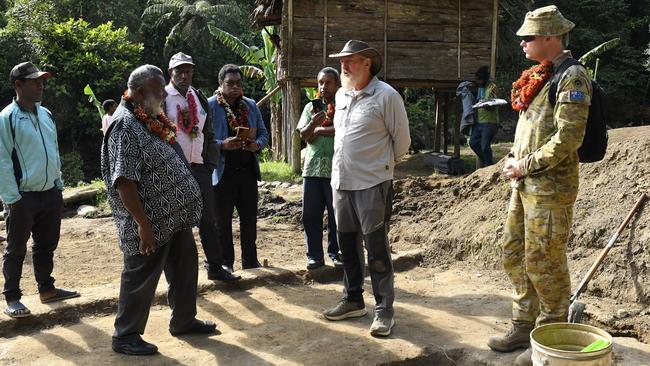
According to the Australian War Memorial, Templeton’s Crossing, named for the heroic Captain Sam Templeton of the 39th battalion, marks the area where the Kokoda Track first crosses Eora Creek, outbound from Port Moresby. The area was the scene of heavy fighting and 99 Australians died in what is known as the Battle of Eora Creek.
The Kokoda Track, which is not a national park but runs through private land maintained by local landowners, is a memorial to the defining battles there of 1942, with ammunition, mortars and other artefacts still being located along the 96km route over the Owen Stanley Range.
Bodies of Australian and Japanese soldiers have been found several times in the past decades.
“This activity is a timely reminder of the sacrifice made by so many in defence of our nation,’’ Colonel Wilson said.


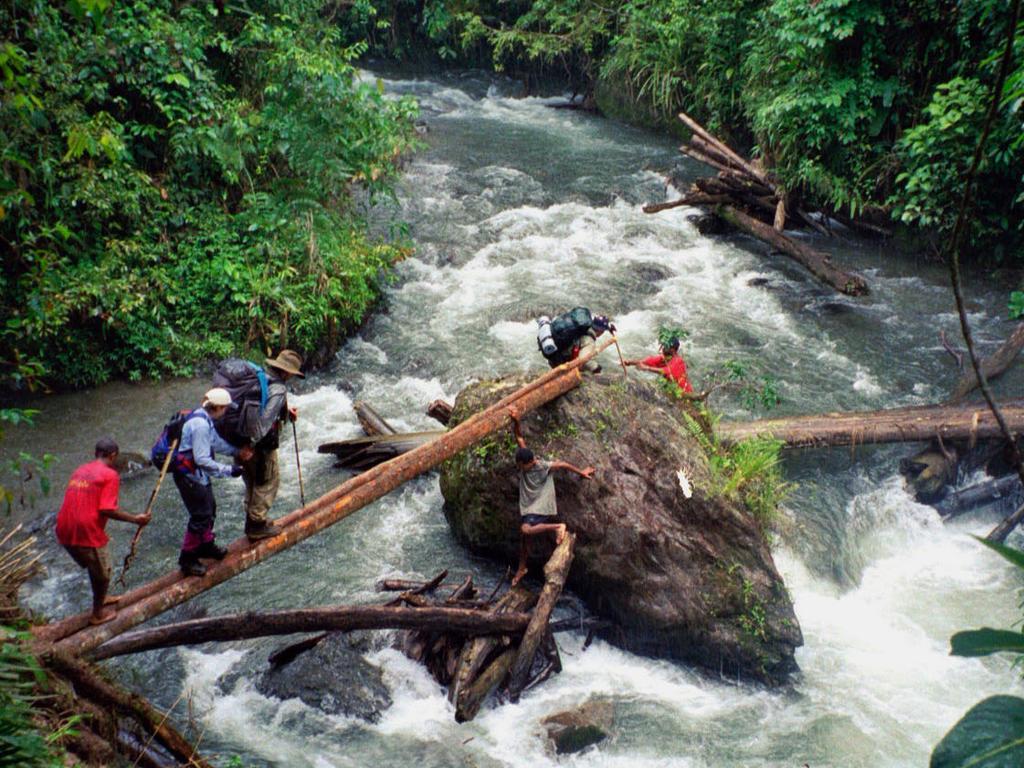

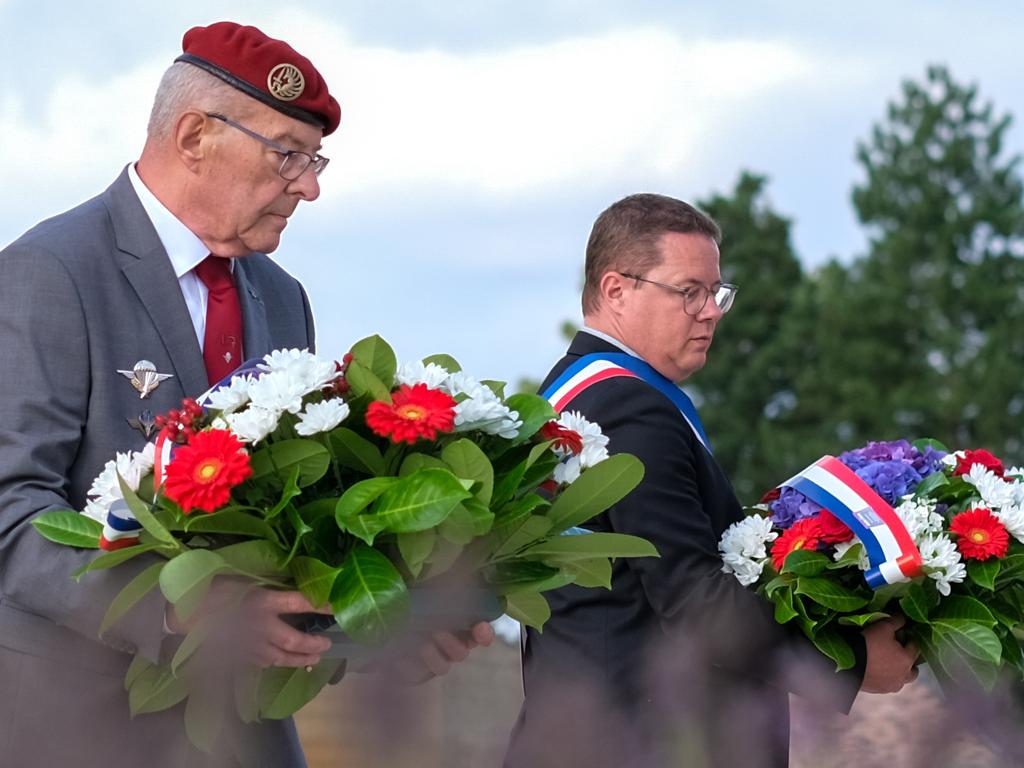
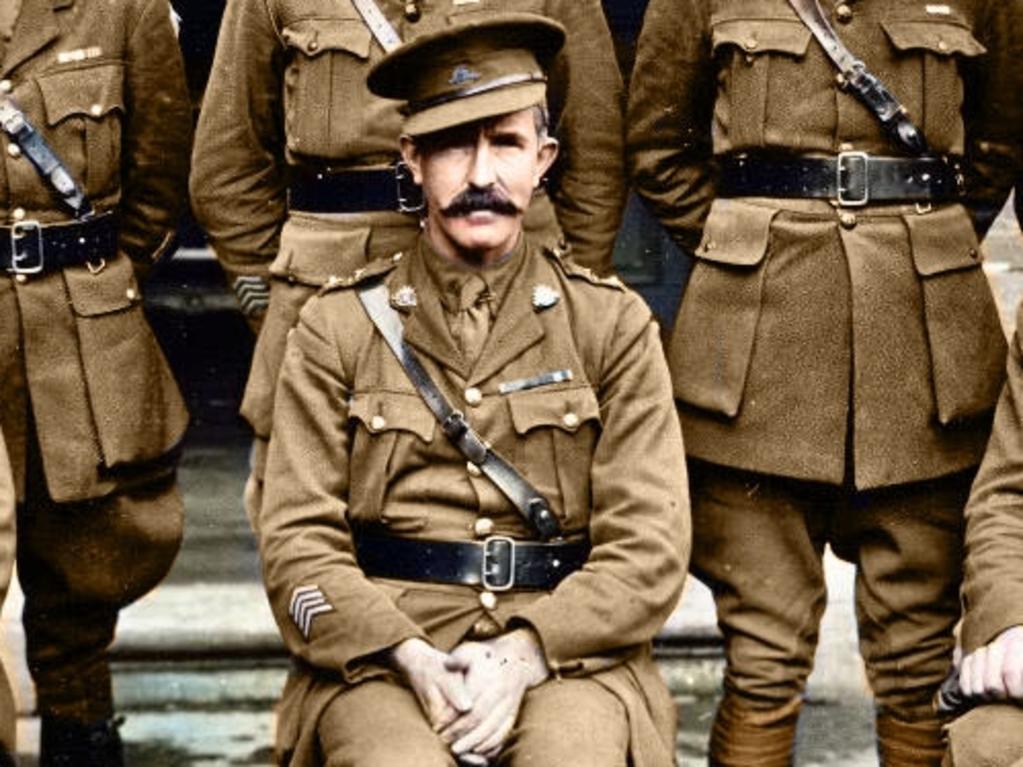


To join the conversation, please log in. Don't have an account? Register
Join the conversation, you are commenting as Logout